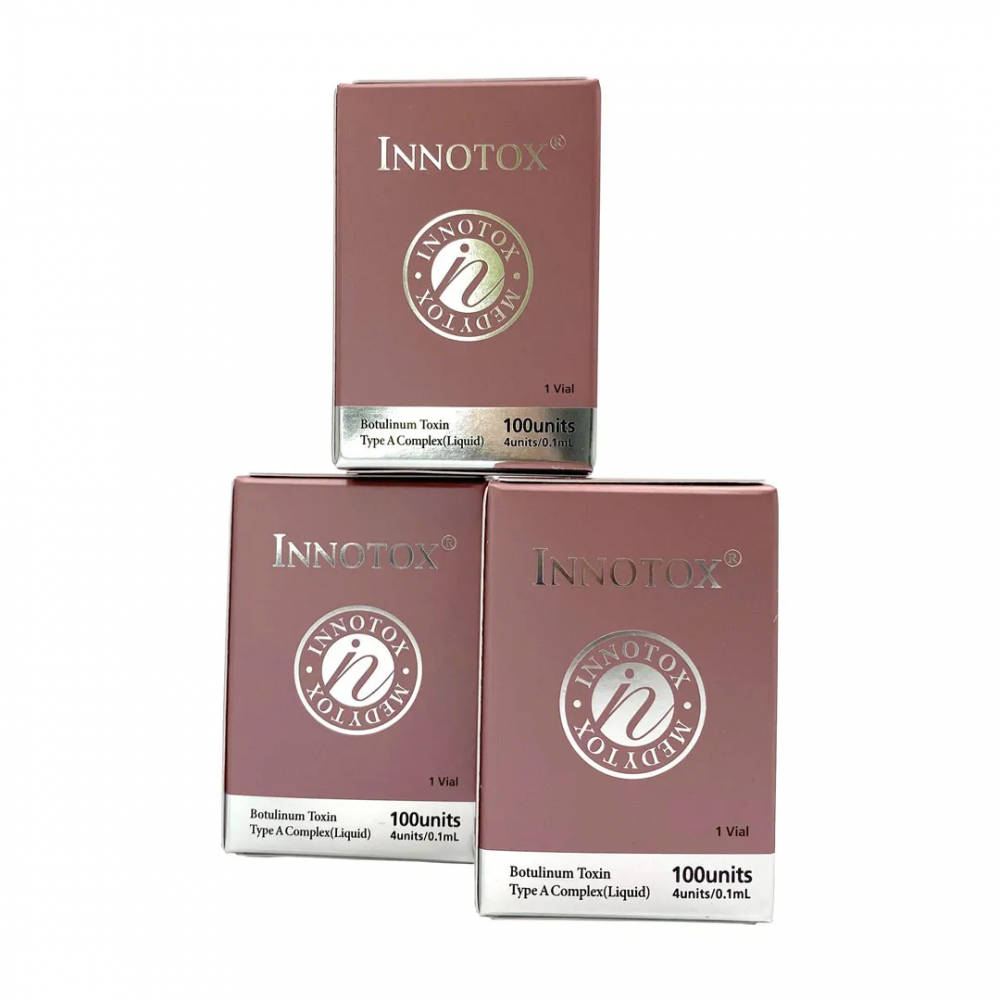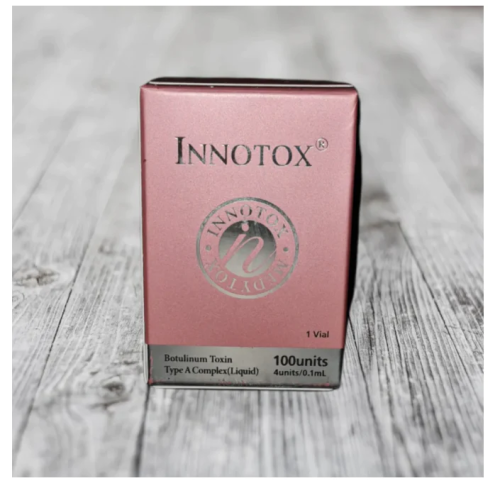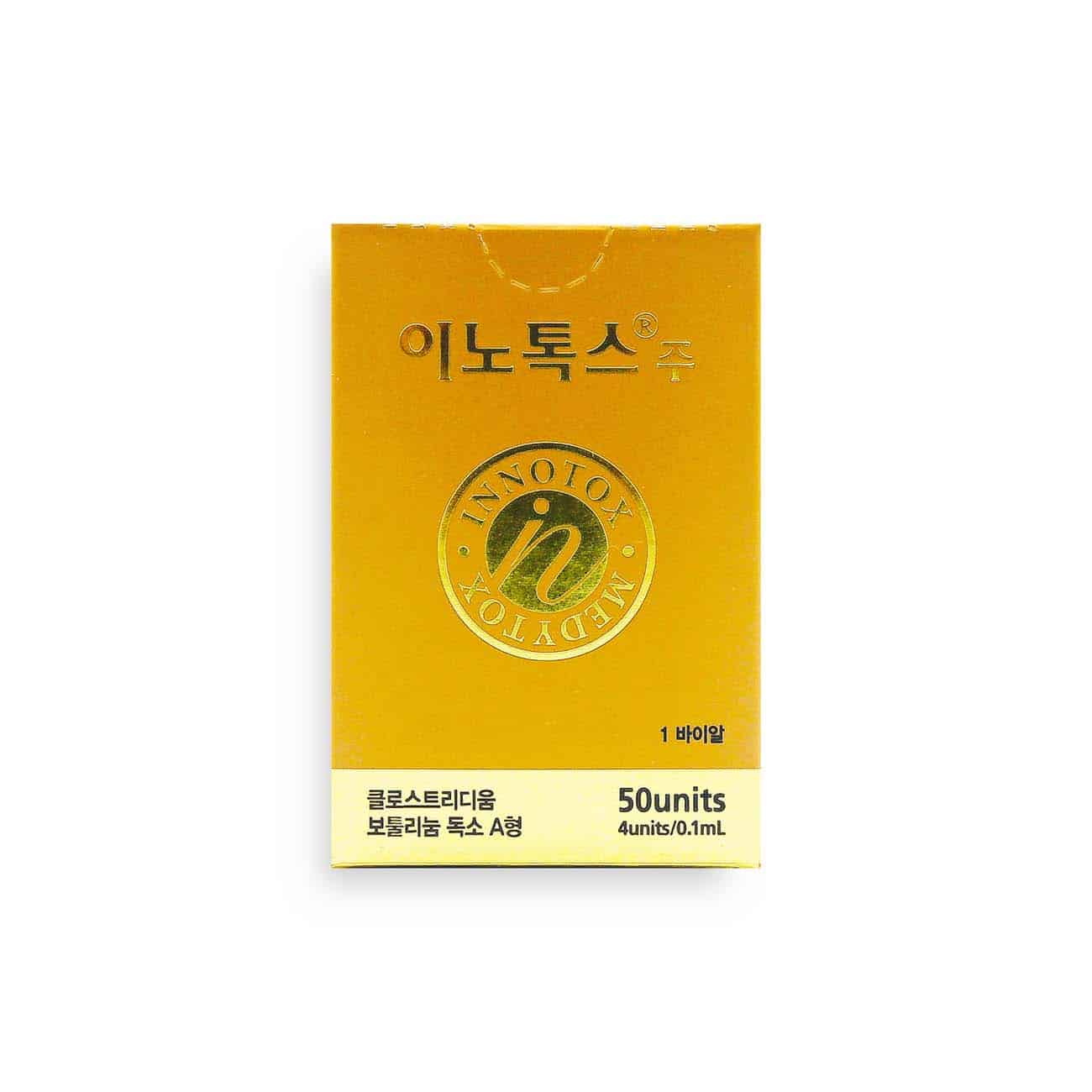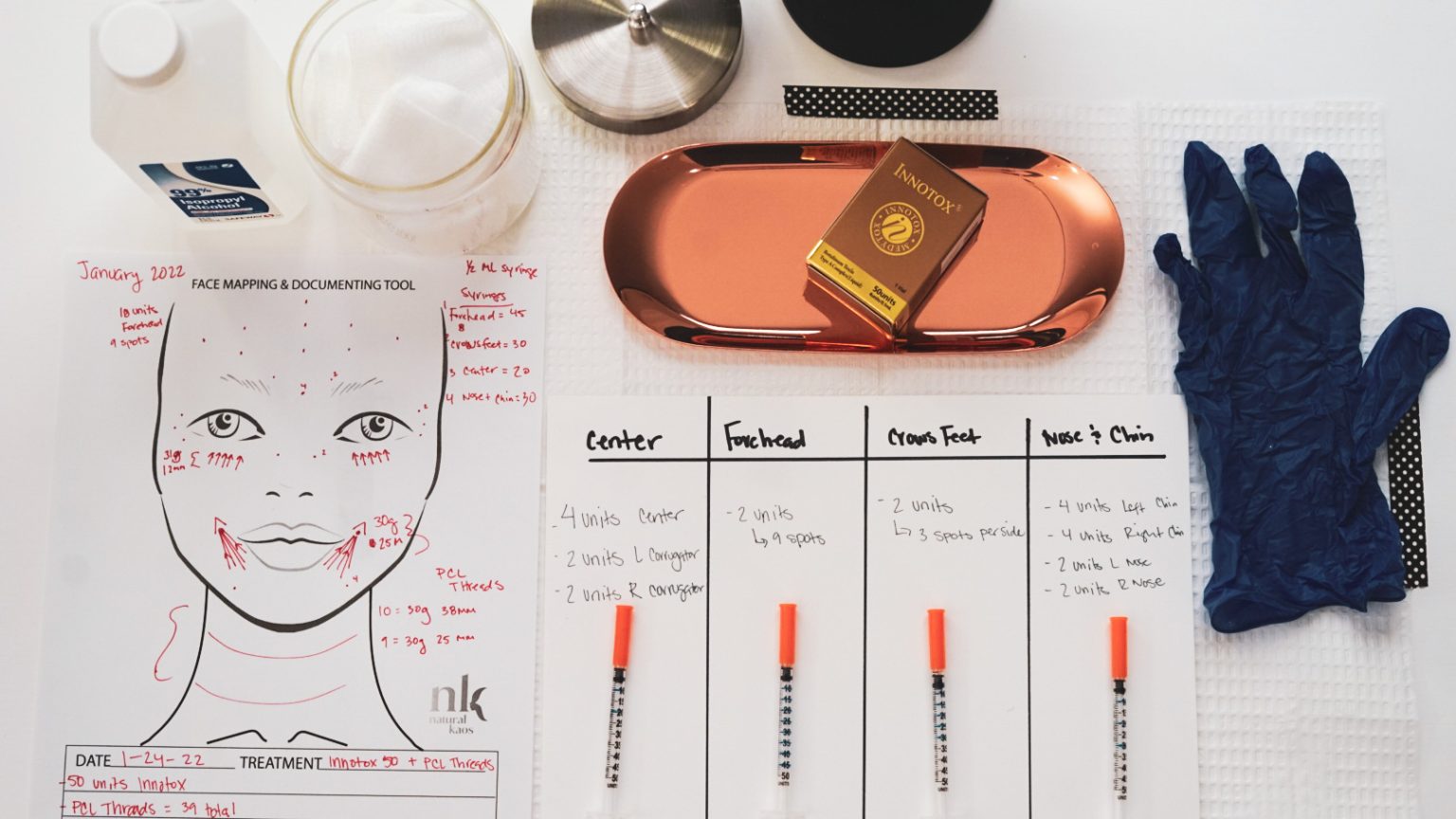Understanding the optimal dosage of Innotox, a popular neuromodulator, is crucial for achieving the desired aesthetic and therapeutic outcomes while ensuring patient safety. This comprehensive article delves into the intricacies of Innotox dosage, providing healthcare professionals and patients with a thorough overview of the guidelines, considerations, and best practices.
Table of Contents
ToggleUnderstanding Innotox

What is Innotox?
Innotox is a highly purified form of botulinum toxin type A, a neurotoxin that has been widely used in the medical and aesthetic fields for over two decades. It works by temporarily paralyzing the targeted muscle groups, reducing the appearance of fine lines, wrinkles, and other aesthetic concerns. Innotox has also been successfully used to treat various medical conditions, such as chronic migraines, excessive sweating, and muscle spasticity.
The Mechanism of Action
Innotox exerts its effects by binding to the presynaptic nerve terminals and preventing the release of acetylcholine, a neurotransmitter responsible for muscle contraction. This temporary interruption of the neuromuscular signal results in the relaxation of the targeted muscles, leading to the desired aesthetic or therapeutic outcomes.
Comparison with Traditional Botox
While Innotox and traditional Botox (onabotulinumtoxinA) are both based on the botulinum toxin type A, they differ in their formulations and potencies. Innotox is a highly purified and concentrated version of the neurotoxin, often requiring a smaller dose to achieve the same results as Botox. This can be advantageous in terms of cost-effectiveness and potentially reducing the risk of adverse effects.
Importance of Accurate Innotox Dosage

Impact on Treatment Efficacy
The precise dosage of Innotox is crucial for achieving the desired outcome. Underdosing may result in suboptimal results, while overdosing can lead to undesirable side effects. Healthcare professionals must carefully assess the patient’s individual needs, the target muscle group, and the desired clinical outcome to determine the appropriate Innotox dosage.
Safety Considerations
Innotox, like any other neurotoxin, carries inherent risks if not administered properly. Accurate dosage is essential to avoid complications, such as muscle weakness, difficulty swallowing, or even respiratory distress in more severe cases. Adhering to established guidelines and monitoring patients closely during and after treatment is vital to ensure their safety.
Common Innotox Dosage Errors
Inaccurate dosage calculations, improper injection techniques, and failure to consider individual patient factors can all lead to dosage errors. These errors may result in suboptimal treatment outcomes or increased risk of adverse events. Healthcare providers must be vigilant in their dosage calculations and administration practices to minimize the potential for such errors.
Innotox Dosage Guidelines

Recommended Innotox Dosage for Different Treatments
The recommended Innotox dosage can vary depending on the specific treatment area and the desired clinical outcome. For aesthetic applications, such as the treatment of frown lines, crow’s feet, or forehead wrinkles, the dosage typically ranges from 10 to 30 units per injection site. For medical conditions like chronic migraines or hyperhidrosis, the dosage may be higher, ranging from 50 to 200 units per treatment session.
Factors Influencing Innotox Dosage
Several factors can influence the optimal Innotox dosage, including the patient’s age, gender, muscle mass, and the specific condition being treated. Healthcare providers must also consider the individual’s response to previous treatments, any underlying medical conditions, and the overall health status of the patient.
Adjustments for Individual Patient Needs
Given the variability in patient responses and the potential for individual differences, healthcare providers may need to adjust the Innotox dosage based on the patient’s unique characteristics and clinical presentation. This may involve starting with a lower dose and gradually increasing it until the desired effect is achieved, or tailoring the dosage to the specific areas of concern.
Innotox Dosage Chart Overview

General Innotox Dosage Recommendations
To provide a general guideline, the following Innotox dosage chart can serve as a reference for healthcare providers:
| Treatment Area | Innotox Dosage (Units) |
|---|---|
| Glabellar (Frown) Lines | 10-30 units |
| Crow’s Feet | 10-30 units |
| Forehead Wrinkles | 10-30 units |
| Hyperhidrosis (Excessive Sweating) | 50-200 units |
| Chronic Migraine | 155-195 units |
| Spasticity | 100-400 units |
Please note that these are general recommendations, and healthcare providers should always consider the individual patient’s needs and adjust the dosage accordingly.
Specific Areas and Corresponding Innotox Dosage
In addition to the general guidelines, healthcare providers must also be familiar with the specific dosage requirements for different treatment areas. For example, the Innotox dosage for treating forehead wrinkles may be different from the dosage required for treating crow’s feet or glabellar lines.
Age and Gender Considerations
Factors such as the patient’s age and gender can also influence the optimal Innotox dosage. Older patients may require lower doses due to decreased muscle mass, while younger patients may need higher doses to achieve the desired results. Similarly, gender differences in muscle mass and metabolism can also affect the appropriate Innotox dosage.
Administration Techniques

Injection Sites and Techniques
Proper injection techniques are crucial for the safe and effective administration of Innotox. Healthcare providers must be trained in the appropriate injection sites and techniques for each treatment area, ensuring accurate placement of the neurotoxin and minimizing the risk of adverse events.
Importance of Sterility and Precision
Maintaining sterile techniques and ensuring precise injection placement are essential when administering Innotox. Any lapses in aseptic practices or inaccurate injections can lead to complications, such as infections or suboptimal treatment outcomes.
Potential Side Effects of Innotox Dosage

Common Side Effects
While Innotox is generally well-tolerated, there are some common side effects that may occur, such as temporary muscle weakness, headaches, or mild bruising at the injection site. Healthcare providers must inform patients about these potential side effects and monitor them closely during and after the treatment.
Rare but Serious Reactions
In rare cases, Innotox administration may result in more serious adverse reactions, such as difficulty swallowing, respiratory distress, or even systemic spread of the neurotoxin. Strict adherence to dosage guidelines and close patient monitoring are essential to minimize the risk of these rare but potentially severe complications.
Case Studies of Innotox Dosage

Successful Treatment Scenarios
The appropriate Innotox dosage can lead to successful treatment outcomes, as demonstrated in various case studies. Healthcare providers can learn from these examples to better understand the nuances of Innotox dosage and how to apply it effectively in different clinical scenarios.
Comparative Analysis with Other Neurotoxins
While Innotox is the primary focus of this article, it is also important to consider the dosage comparisons with other neurotoxins, such as Botox or Dysport. Understanding the similarities and differences in dosage requirements can help healthcare providers make informed decisions and optimize patient outcomes.
Role of Healthcare Professionals
Qualifications for Administering Innotox
The administration of Innotox should only be performed by qualified healthcare professionals, such as physicians, nurse practitioners, or physician assistants, who have received the necessary training and certification in the use of neurotoxins.
Training and Certification Requirements
Healthcare providers must undergo comprehensive training in the safe and effective use of Innotox, including instruction on dosage calculations, injection techniques, and patient management. Certification programs and ongoing education are essential to ensure that healthcare professionals maintain their competence in this specialized field.
Patient Education and Communication
Preparing Patients for Treatment
Effective patient education is crucial for successful Innotox treatments. Healthcare providers should take the time to explain the treatment process, potential side effects, and the importance of adhering to the recommended dosage and administration schedule.
Post-Treatment Care Instructions
Patients should be provided with clear instructions on post-treatment care, including any specific activity restrictions, follow-up appointments, and signs or symptoms to monitor for potential adverse reactions.
Conclusion
In conclusion, the Innotox dosage chart is a vital tool for healthcare professionals in the effective and safe administration of this popular neurotoxin. By understanding the guidelines, considerations, and best practices surrounding Innotox dosage, healthcare providers can optimize treatment outcomes, enhance patient safety, and deliver the best possible care. Ongoing education, adherence to established protocols, and effective communication with patients are essential for ensuring the successful and sustainable use of Innotox in both aesthetic and medical applications.
Contact us via other platforms if you have any questions or requests that need to be answered quickly.
Tiktok: www.tiktok.com/@lunabeautyacademy6
Hotline: 034 254 0228
Email: lunabeautyacademy@gmail.com
Address: No. 29, Alley 140/1/2, Lane 140 Nguyen Xien, Thanh Xuan, Hanoi
Luna wishes you success and hopes you will have the best experiences at the academy. If you need advice or answers about anything, please leave your Contact Information With Us, the Luna team will contact you soon. Thank you for reading this article


















